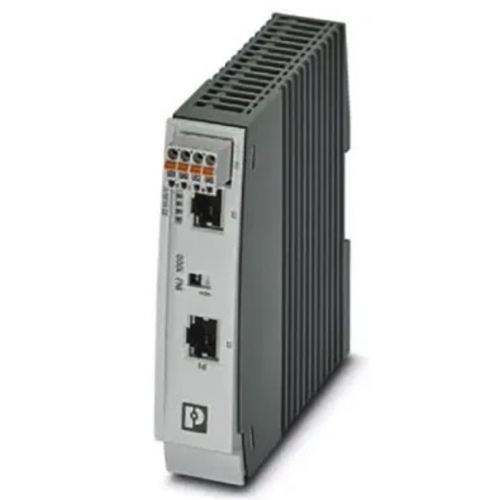Power over Ethernet (PoE)

Power over Ethernet (PoE) is a technology that allows both power and data to travel over an Ethernet cable. It ensures that the Ethernet cable is no longer just a data-carrying cable; it is now also a power-carrying cable. It is a way of using an RJ45 cable to transmit both power and data signals. In this way, it is now possible to use the same cable to connect the device (now called a powered device, PD) to the power source (called the power sourcing equipment, PSE) and also to connect the PD to the network, all at the same time. When you install PoE devices, you have the option to not use traditional electrical outlets at all because the PoE standard allows devices to be powered anywhere you can get an active Ethernet cable.
Network switches are an essential part of any network. They are the central connecting point for many devices in a system. Some switches go further by providing power. Power over Ethernet (PoE) switches serve several functions within a network. They allow us to push power, they can still switch frames, and they also expand port counts.
Commonly found between a switch without Power over Ethernet (PoE) support and a device that requires PoE (like an IP camera), PoE injectors are essential energy-boosting devices that give a network cable the power it needs to ensure a PoE device can work properly with no glitches. When the costs of a switch and the number of ports needed make them impractical for use at the edge of the network, a Power over Ethernet solution can be equally effective in the tasks just described.
Basics of Switches, Routers and Hubs
Ethernet Hubs
Ethernet hubs are the least intelligent of the three devices. They simply take any message that is received and transmits it to every other device connected to that hub. For example, if CPU 1 on a network wants to send a message to CPU 5, it will send that message through the hub.The hub will then take that message and send it out to every connected device on that hub regardless of the intended target. When CPU 5 receives that message and wants to respond, it will send its response through the hub which sends it to every connected device. Ethernet hubs do not manage any data that is sent and tend to bog down networks. They also do not offer much security for the network. For these reasons, Ethernet hubs are are being replaced with network switches.
Switches
Switches transmit data from one device to another on the same network. Unlike a hub, switches use a switch table to learn where data came from and where to send it. Switch tables store Mac addresses and device ports. By storing this data, a switch can operate more efficiently than a hub, greatly reducing the traffic within the network.
Routers
Routers transfer data between devices while learning the location of those devices within the network. They are also a junction between two or more networks. An example of this would be a home router where the home network is connected to the Internet. Another example would be when the router connects two or more networks with different business functions. In addition to connecting two or more networks, a router offers important security features that help protect the network.

